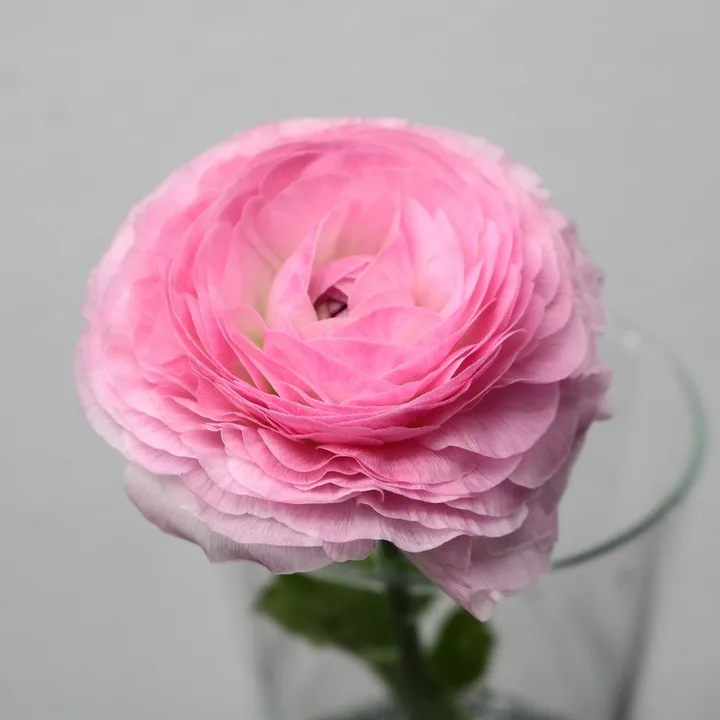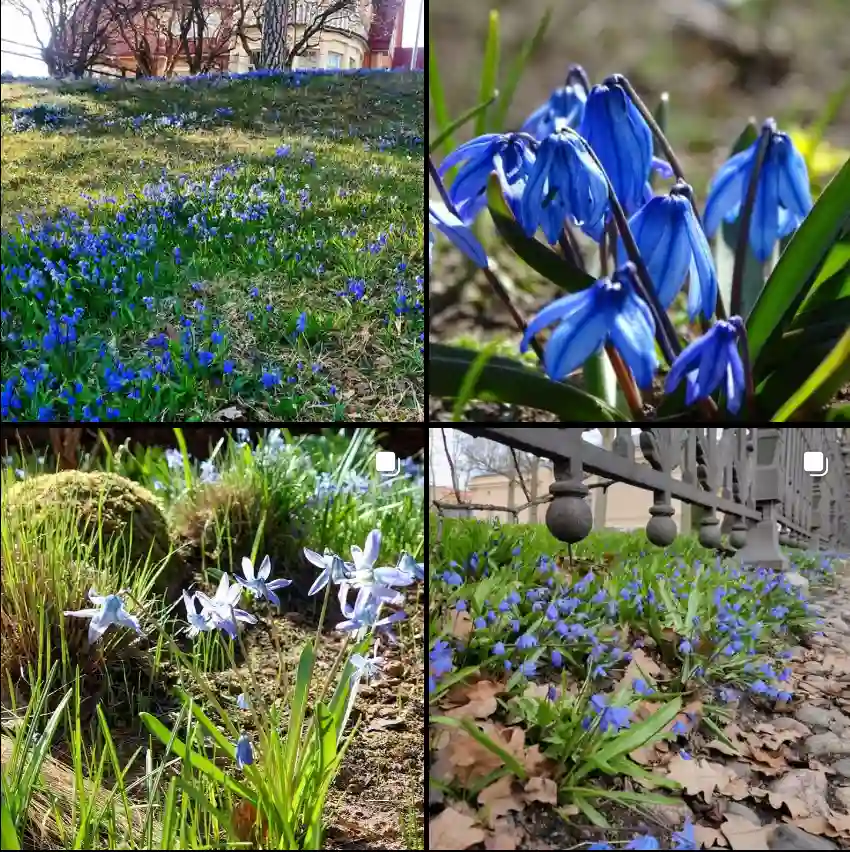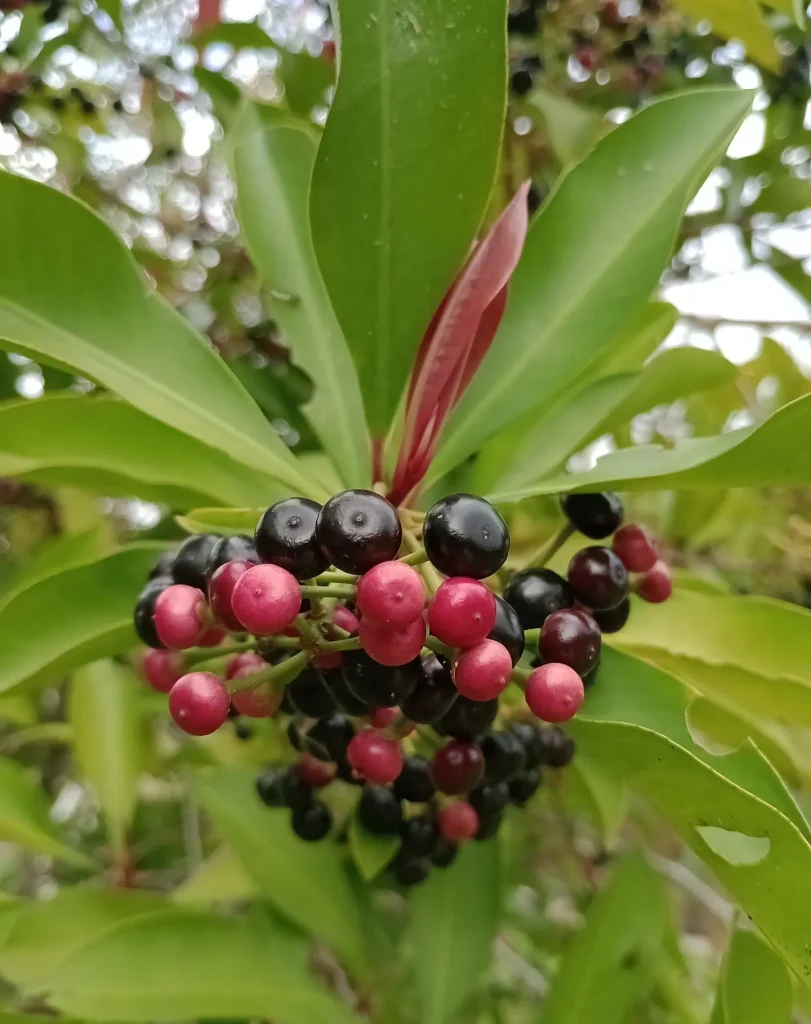What Is Ceanothus Gloriosus?
Ceanothus Gloriosus, commonly known as the “Glorious Ceanothus,” is a remarkable evergreen shrub native to the western United States. It is celebrated for its striking blue flowers and glossy, dark green leaves. This plant belongs to the Rhamnaceae family, which also includes buckthorns and jujubes. In my experience, Ceanothus Gloriosus stands out due to its vibrant color and robust growth, making it a favorite among gardeners seeking to add a splash of color to their landscapes.
73 Species in Genus Ceanothus
How to Care for Ceanothus Gloriosus?
Caring for Ceanothus Gloriosus involves a few key considerations to ensure it thrives. Here’s what I’ve learned from growing it:
- Sunlight: Ceanothus Gloriosus prefers full sun. It flourishes in bright, direct light, which encourages more prolific blooming and healthier foliage. I’ve found that a sunny spot helps it reach its full potential, with blooms that are rich in color.
- Soil: This shrub thrives in well-draining soil. It is adapted to sandy or gravelly soils, often found in its native habitats. I’ve had the best results using a mix of sand and loam to mimic its natural conditions. Avoid heavy clay soils that can lead to root rot.
- Watering: Ceanothus Gloriosus is quite drought-tolerant once established. However, it appreciates regular watering during its initial growth phase. I typically water deeply but infrequently, allowing the soil to dry out between waterings. This approach helps build a resilient root system.
- Pruning: Regular pruning helps maintain the shape and promote better air circulation. I usually trim the shrub lightly after flowering to encourage a tidy appearance and prevent it from becoming too leggy.
- Fertilization: Ceanothus Gloriosus doesn’t require heavy feeding. A light application of a balanced fertilizer in the spring is usually sufficient. Over-fertilizing can lead to excessive foliage growth at the expense of blooms.
How to Propagate Ceanothus Gloriosus?
Propagating Ceanothus Gloriosus can be a rewarding process. Here’s a step-by-step guide based on my experiences:
- Cuttings: The most common method is through semi-hardwood cuttings taken in late summer. Select healthy stems and cut them to about 4-6 inches long. Ensure each cutting has a few leaves and a node.
- Preparation: Dip the cut end of the stem in rooting hormone to encourage root development. I find that a rooting hormone specifically for woody plants works best.
- Planting: Plant the cuttings in a pot filled with a mixture of sand and peat. Keep the soil moist but not waterlogged. Cover the pot with a clear plastic bag or a plastic dome to maintain humidity.
- Root Development: Place the pot in a bright, indirect light location. In a few weeks, roots should begin to develop. Once the cuttings have established a robust root system, they can be transplanted into larger pots or directly into the garden.
What to Plant With Ceanothus Gloriosus?
Companion planting with Ceanothus Gloriosus can enhance the beauty of your garden. Here are some plants that pair well with it:
- Lavender: The purple spikes of lavender contrast beautifully with the blue flowers of Ceanothus Gloriosus. Plus, both plants share similar soil and sunlight requirements.
- Sage: Another excellent companion is sage. Its aromatic foliage and purple blooms complement the Ceanothus nicely.
- Succulents: Given Ceanothus Gloriosus’s drought tolerance, succulents such as agave and aloe work well. They add texture and variety to the garden while requiring minimal water.
How to Use Ceanothus Gloriosus in Landscaping?
Ceanothus Gloriosus is a versatile plant in landscaping:
- As a Focal Point: Its vibrant blooms make it an excellent choice for a focal point in a garden. Placing it where it can be admired from various angles maximizes its visual impact.
- In Hedges: It can also be used to create attractive, low hedges. Its dense foliage provides good coverage and privacy.
- Ground Cover: When planted densely, Ceanothus Gloriosus can serve as an effective ground cover, helping to suppress weeds and provide a lush, green appearance.
Is Ceanothus Gloriosus Toxic?
Ceanothus Gloriosus is not considered toxic to humans or pets. However, as with many plants, it’s a good idea to prevent pets from eating it, just to avoid any potential stomach upset.
In summary, Ceanothus Gloriosus is a stunning addition to any garden, offering beauty and resilience with proper care. Its vibrant blooms and ease of maintenance make it a worthwhile plant for both experienced and novice gardeners.
If i die, water my plants!



